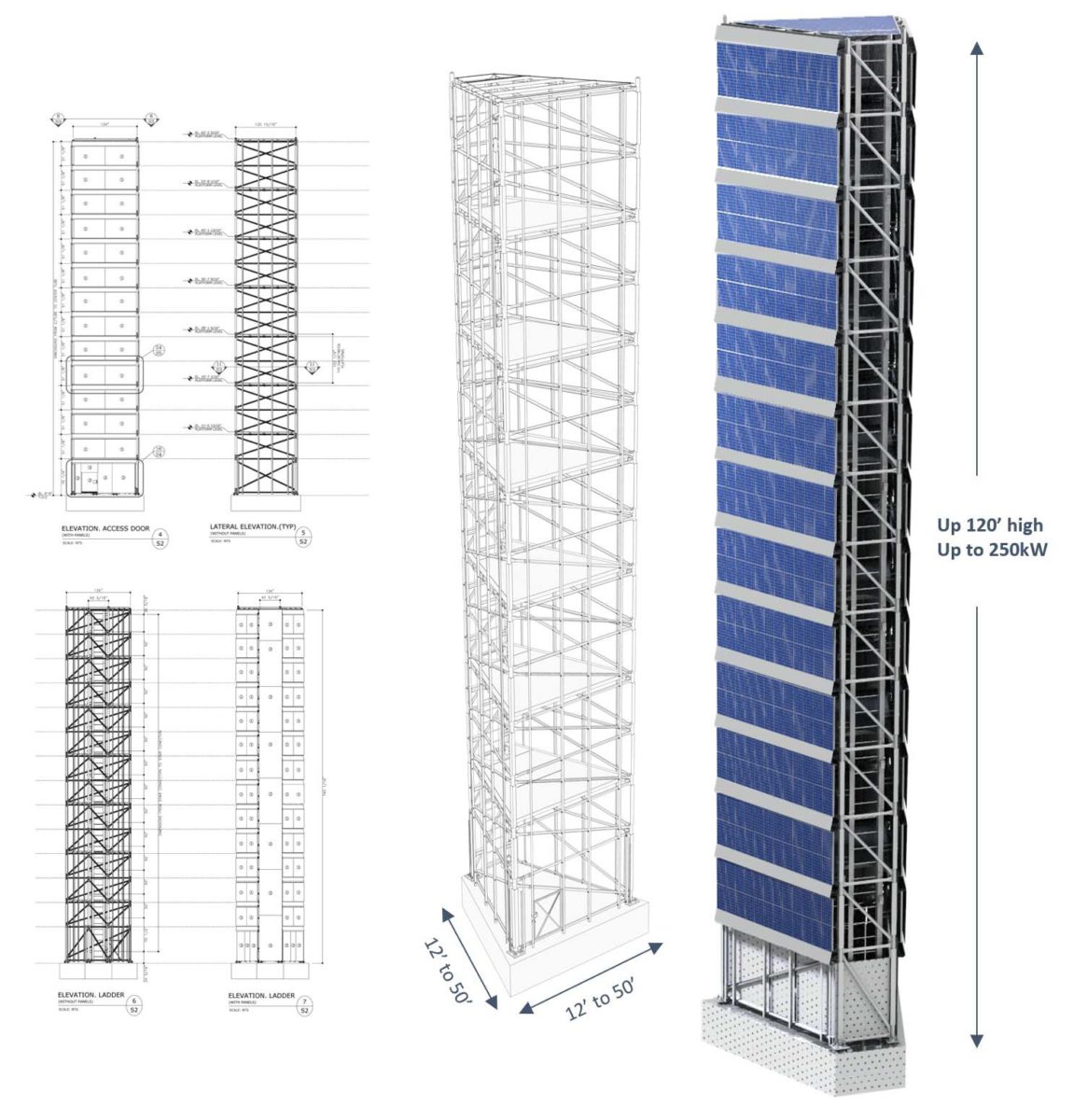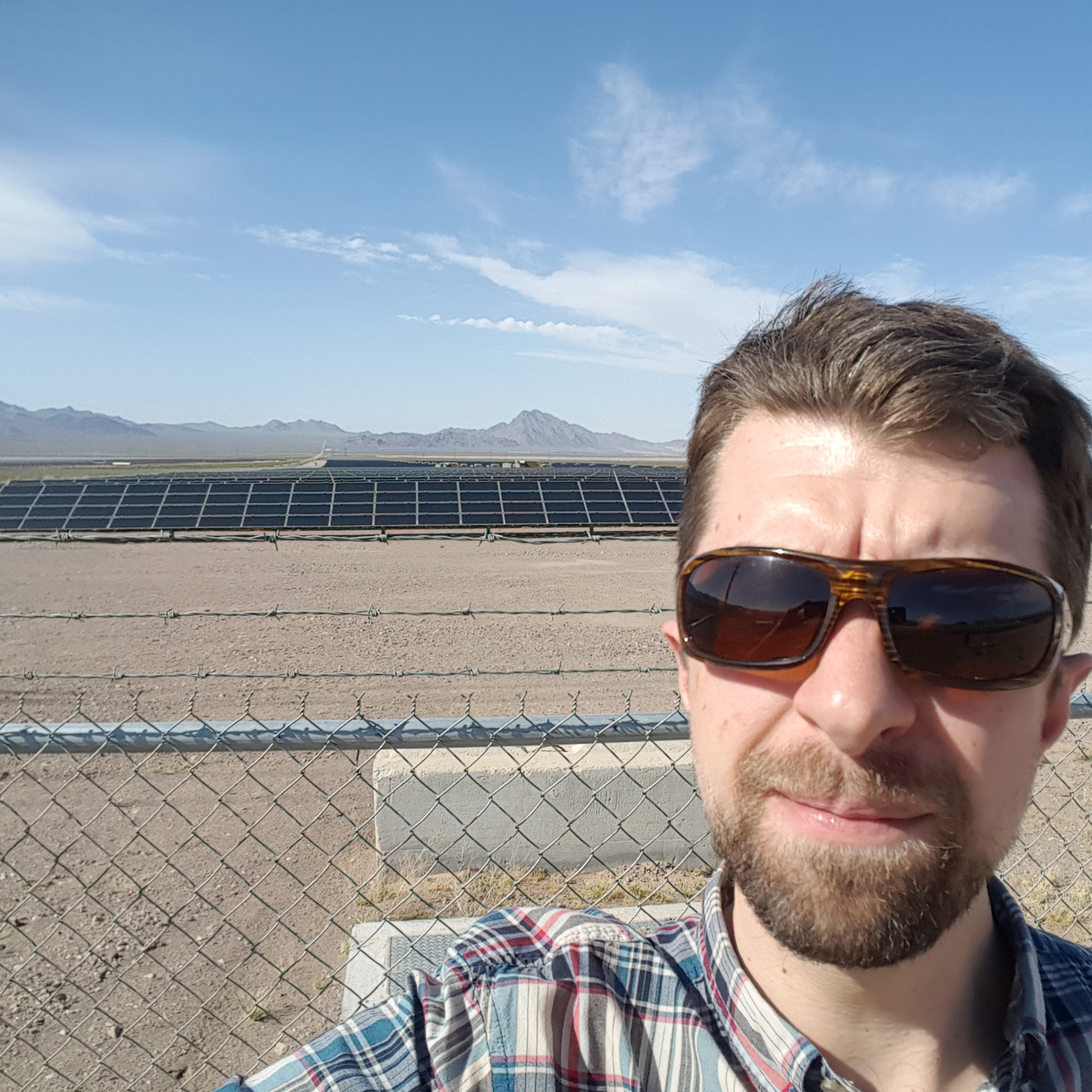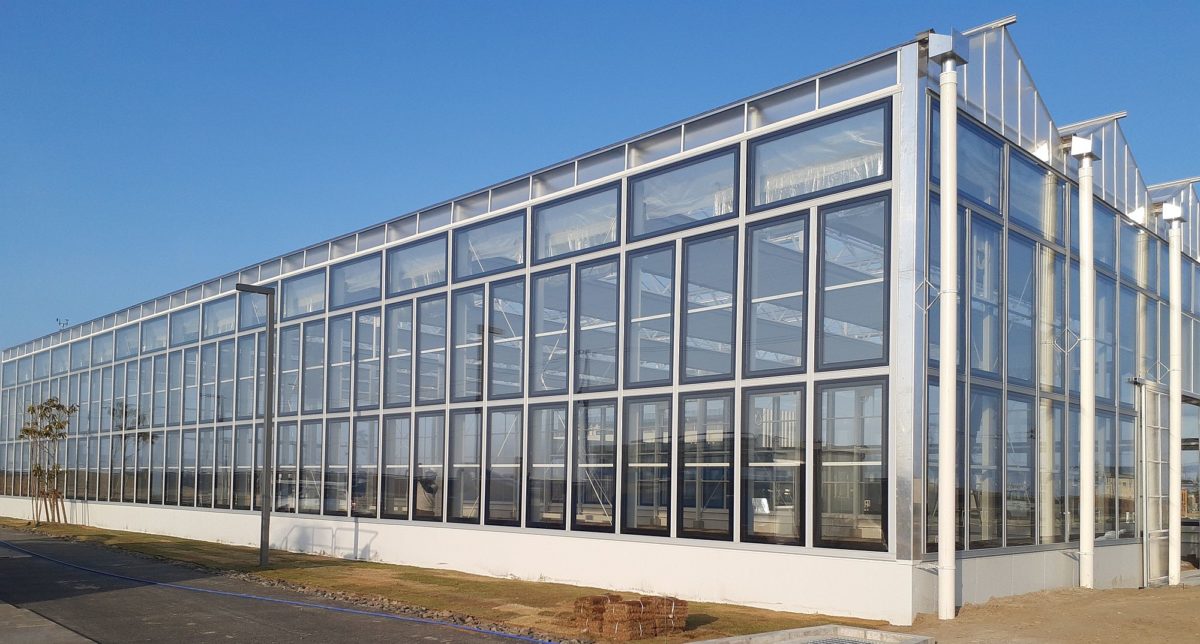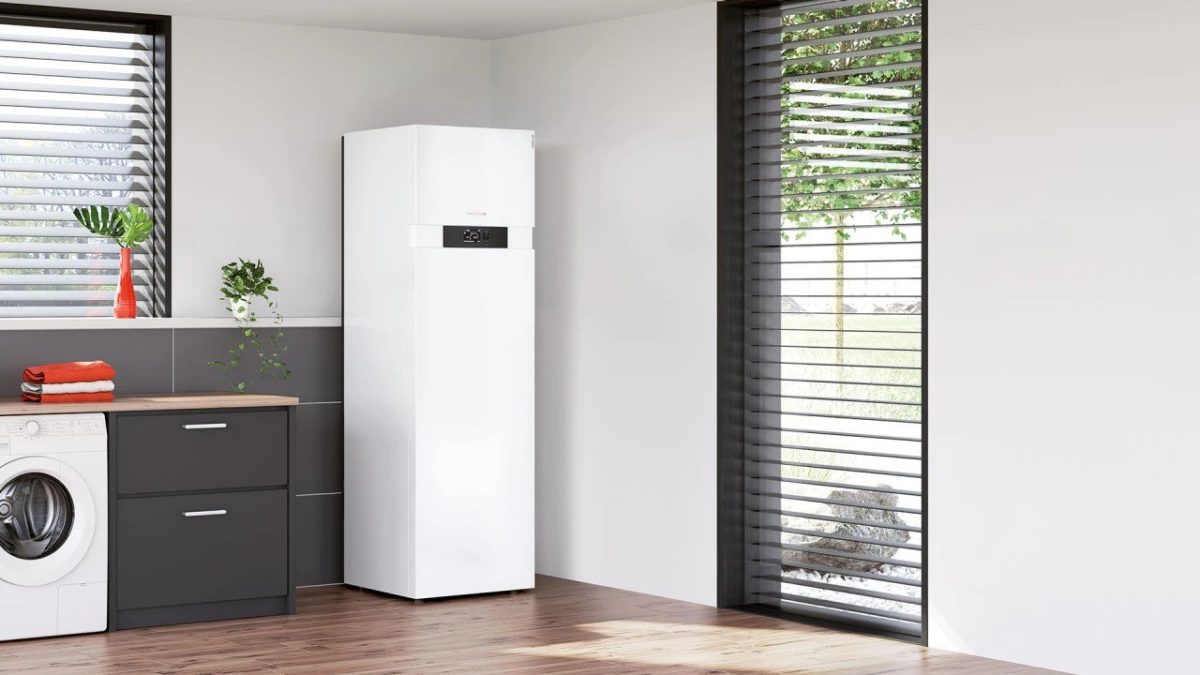https://pv-magazine-usa.com/2023/03/02/solar-tower-pilot-project-shows-benefits-of-vertical-installations/
Solar tower of power shows benefits of vertical installations

The design of Three Sixty Solar's solar towers uses up to 90% less land space than conventional methods.
Image: Three Sixty Solar Ltd.
A Canadian solar tower capable of withstanding Category 1 hurricane winds (75 – 95 mph) has shown to be commercially viable without damage and positioned at a 90-degree angle, performed positively with minimal power loss.
Three Sixty Solar Ltd., a Canadian commercial and utility solar developer, published a white paper this week that provides background on the solar tower’s initial 16 months in operation.
The company has indicated that each of its early-stage towers can produce up to 250 kW of clean energy, while future towers could be installed at multiple megawatts of power capacity in grid applications.
Located in Kelowna, British Columbia, the company installed the Solar Tower demonstration project in October 2021, and reported that erection of the tower took place in five working days using a bucket-lift crane for handling mounting systems and sticking photovoltaic modules onto using racking hardware.
Although the company did not disclose the height or power metrics of the Kelowna demonstration project, a company video on its website indicates that the tower system can be deployed in 40 to 120 feet height towers, and occupy a land area of 144 to 900 square feet on a concrete foundation.
Following an early autumn storm which brought 75 mph winds and several days of extreme rain and wind gusts, on November 17, 2021 the developer reported no damage to the Solar Tower, as many in the nearby Kelowna community were without power and closed schools for a matter of days. The PV panels were inspected and remained firmly intact and the tower structure remained in as-built condition.
In late 2021, government agency Environment Canada reported the strongest wind gusts occurring in Kelowna, B.C., were recorded at 84 mph. Into the winter months the developer reported “no wind-driven snow had stuck to the (vertically mounted) panels,” with no inhibition of power production as typically occurs in flat, ground-mounted solar systems, according to Three Sixty Solar’s report.
“As predicted, the vertical positioning of the panels allowed all snow to slough off the tower, allowing the panels to operate at their full efficiency,” the developer noted.
During the summer of 2022, temperatures reached 102 degrees (F) during excessive drought and wildfires in western Canada, and the Solar Tower continued to operate without interruption nor energy capacity losses.
Three Sixty Solar performed a soiling test evaluation, where they concluded that a primary factor in soiling and loss of power on typical ground-mounted systems is caused by the tilt of the panels up to 40 degrees, citing a report called “Effect of Tilt Angle on Soiling of Photovoltaic Modules,” published by Arizona State University’s PV Lab from 2014. However, the ASU report provided no soiling studies for arrays mounted from 40 to 90 degrees.
(Read more: ‘Soiling – a multibillion-dollar issue for the solar industry‘)
During a January 2023 operations and maintenance inspection, the company wetted and cleaned the Solar Tower using a soft cloth. At the time, it measured the voltage from the panels at 77.5 volts with a current of 6.1 amperes. Immediately after cleaning, no change was measured to either the voltage or current, indicating no soiling on the panels after over a year on operations.
Other key benefits of the Solar Tower demonstration are the space-saving impacts of the vertically-mounted array compared to ground-mounted systems, which require up to 6 acres of land to produce 1 MW of electricity. To provide the same amount of energy, the company’s tower configuration frees up 85% to 90% of the land use for other purposes such as farming, the company reports.
The company said it achieved 10% power increase from the company’s patent-pending internal venting system. The system uses a “stack effect” air flow vent with opening at the top of the tower, cooling the array for improved performance.
Future tower projects can be installed with on-site energy storage, telecom equipment, EV charging stations, lighting and surveillance equipment, according to the company’s video.
Three Sixty Solar says future Solar Tower projects could be installed in urban environments with limited space for renewable energy developments, as well as farmland where land use is critical for the customer’s business. Mountainous terrain and island countries provide additional opportunities for the Solar Tower, the company said.
In Somerset, California, German-designed Sunzaun vertical solar arrays were installed at a vineyard. Installer Sunstall developed the facility, which was composed of 43 450 W modules connected to a microinverter and two batteries. Vertical solar arrays have been tested in Germany, France, Sweden and Japan as well.
(Read more: ‘Vertical PV for clean energy and crop production‘)
This content is protected by copyright and may not be reused. If you want to cooperate with us and would like to reuse some of our content, please contact: editors@pv-magazine.com.




